Eclectic, decidedly nerdy, organically militant, passively righteous. Caught between the damage of white supremacy and the frailty of human nature. This blog should be called whatblacksdontknow, but I believe my thoughts are better received closest to the root of the problem. . and other shit I like.
Don't wanna be here? Send us removal request.
Photo
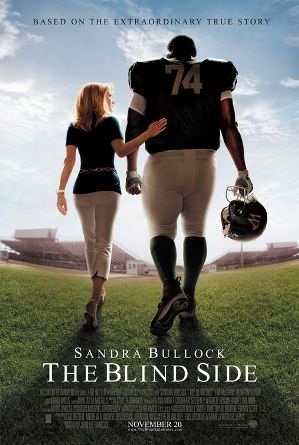




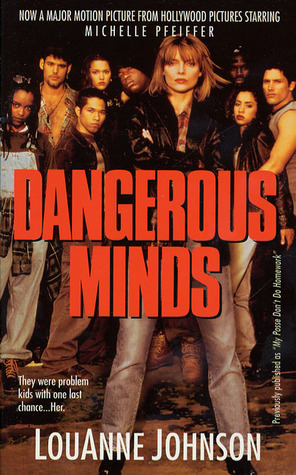

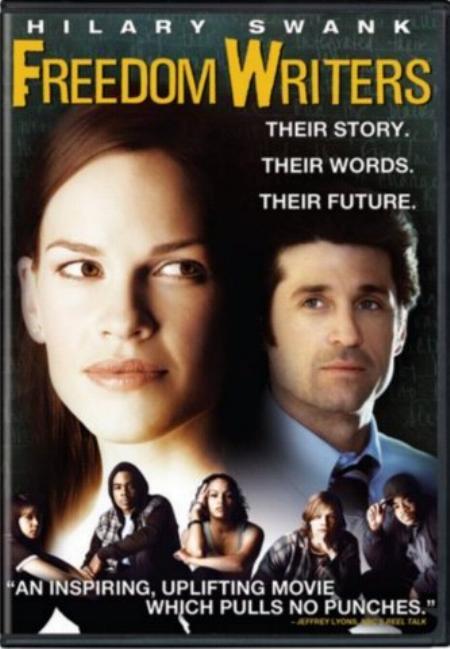


“WHITE SAVIOR MOVIES"—Because we all know this (saving People of Color) is what White people do.
“WHITE SAVIOR MOVIES"—Because all it takes is one white person who cares to fix all the problems of complacent ass People of Color.
32K notes
·
View notes
Text
The Glorification of White Crime
Take a facet of crime, and then look at television shows/movies that feature those criminals as protagonists.
White mobs.

White pirates.

White serial killers.

White political corruption

White drug dealers

I mostly want to talk about this as a TV phenomenon, but pick a crime, any crime, and Western media has probably made a movie/TV series/play/etc. with a white person that romanticizes the criminal activity. No matter what, a white person can do whatever terrible crimes and still have a TV/movie fanbase that loves them.
When you see black or brown people committing crimes on screen, you are to see them thugs and criminal masterminds and people to be beat down.
When you see white people committing crimes on screen, you see a three-dimensional portrait of why someone might commit that crime, how criminals are people too, and how you should even love them for the crimes that they commit because they’re just providing for their families or they’ve wronged or they’re just people and not perfect. This is particularly a luxury given to white male characters, since there few white female criminals as protagonists.
If and of the above shows were about black or brown folks, there would be a backlash of (white) people claiming that TV and movies are romanticizing criminals and are treating them too much like heroes and that it will affect viewers and encourage violence and “thuggish” behavior. And yet fictional white criminals get to have a deep fanbase who loves these white criminals, receive accolades and awards, get called amazing television that portray the complexities of human nature. Viewers of these characters see past the atrocious crimes and into their humanity, a luxury that white characters always have while characters of color rarely do. The closest that mainstream TV has come to showing black criminals as main characters is probably The Wire, and even then, the criminals share equal screen time and equal status as main characters as the police trying to stop them.
The idea that crime can be so heavily romanticized and glorified to such a degree is undoubtedly a privilege given to white characters. The next time you hear someone talk about Dexter Morgan or Walter White in a positive way, it may be an opportunity to rethink how white people can always able to be seen as people no matter what they do, while everyone else can be boiled down to nothing but a criminal.
138K notes
·
View notes
Video
youtube
Dr. Frances Cress Welsing Scandal and Slave Movie Propaganda
Esteemed psychiatrist, Dr. Frances Cress Welsing, drops heavy knowledge on the controversial television series, Scandal, and the recent bombardment of “slave movies” in the media. She also addresses the harmful “silence on racism” and much more
166 notes
·
View notes
Photo

Your voice changes when talking to people you like - WTF fun facts
906 notes
·
View notes
Photo

How a millionaire in Florida transformed a whole neighborhood - WTF fun fact
4K notes
·
View notes
Photo

Study finds that dogs will use deception - WTF fun facts
712 notes
·
View notes
Photo

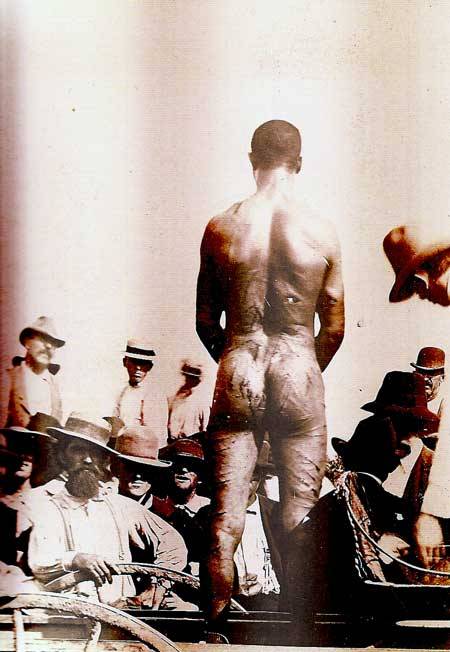




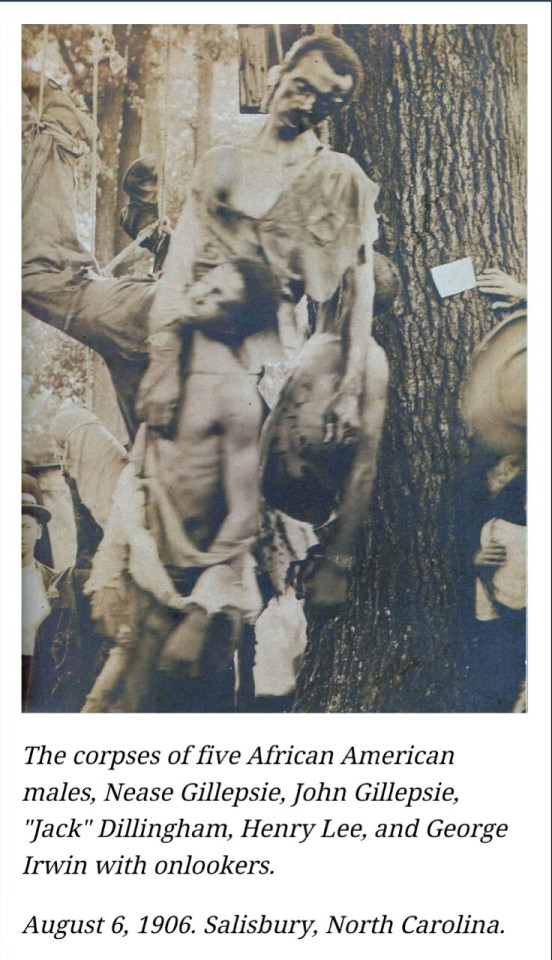

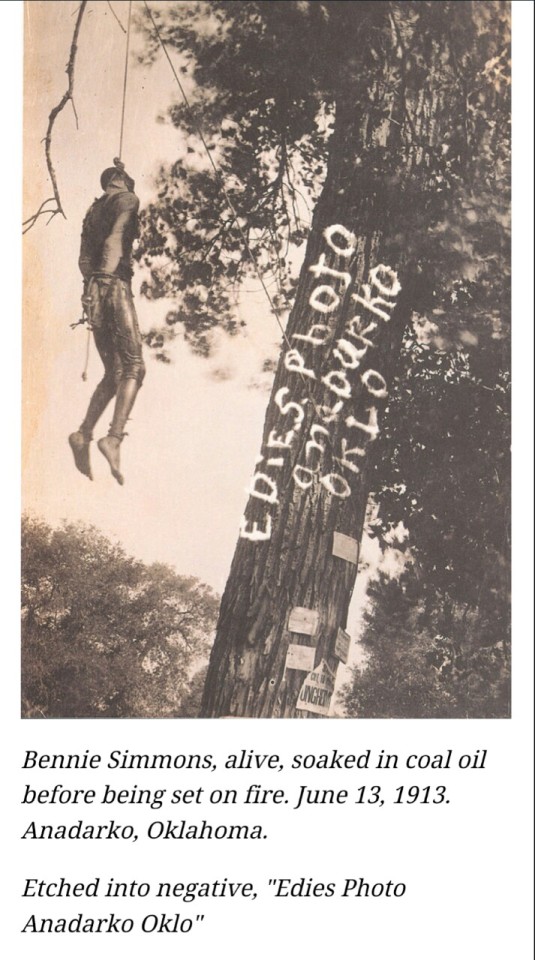
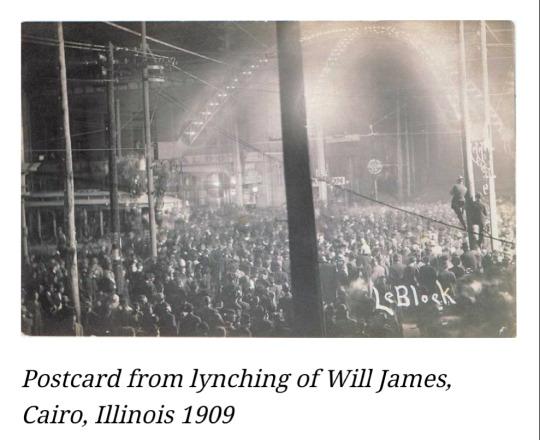
American Terrorism… Lynching Postcards
Terrorism is defined as “the use of violence and intimidation in the pursuit of political aims.” Western media likes to paint terrorists with a brown face, but one of the most horrific campaigns of terror happened in the past century on American soil – the estimated 3,436 lynchings of black American men and women between 1882 and 1950, intended to control and intimidate the recently freed black population. There is nothing more disturbing than being confronted with visual evidence of humanity’s dark heart, especially when it is evidence of a widespread, mainstream hatred for and violence towards one another. Hatred that stems from fear, and is driven by religion and a belief that murder is morality made distorted flesh; violence that aims to cow and suppress any aspirations a community might have for equality and a brighter future.
When I came across this collection of American postcards from James Allen and John Littlefield, published in a book entitled Without Sanctuary, I saw how important it is to look at these images, today more than ever. These postcards were made to commemorate events that made many American white people feel proud – of their race, of their superiority, of their civilization and their intelligence. They took photos of their disgusting, cowardly accomplishments and memorialized them for future generations, to be found and collected and remembered by their descendents. On the backs, they wrote to friends and family in sociopathic excitement about the mob the participated in. These postcards capture the mobs witnessing with glee the murder of young men and women, whose most serious crime was the color of their skin. The corpses hanging and charred in these postcards lived in a world that counted down the days until their murder from the second they drew air into their infant lungs. This history is potent, stomach-churning and of essential importance to the America of today, and to the world of today. And the most striking thing about these photographs is that they don’t erase the perpetrators like many histories and memorials do today, preferring to focus on who was victimized rather than on those who proudly – and with government backing – tortured, raped and murdered people. The murderers in these photos stand proud, grown men looking at the camera with the smiling conviction that the teenage boy they just killed, one against a hundred, was deserving of their hatred, fear and frustration. No grand jury needed; the law was in the hands of the murderers.
History is not linear; history is happening all around us, all the time. These photos are context, they are reality, they are pictures of American terrorism. Read James Allen’s commentary below and be aware that these photos are sickening, and all too real.
Africans in America mounted resistance to white people lynchings in numerous ways. Intellectuals and journalists encouraged public education, actively protesting and lobbying against lynch mob violence and government complicity in that violence. The National Association for the Advancement of Colored People (NAACP), as well as numerous other organizations, organized support from white and black Americans alike and conducted a national campaign to get a federal anti-lynching law passed. African American women’s clubs raised funds to support the work of public campaigns, including anti-lynching plays. Their petition drives, letter campaigns, meetings and demonstrations helped to highlight the issues and combat lynching.[4] In the Great Migration, extending in two waves from 1910 to 1970, 6.5 million African Americans left the South, primarily for destinations in northern and mid-western cities, both to gain better jobs and education and to escape the high rate of violence.
From 1882 to 1968, “…nearly 200 anti-lynching bills were introduced in Congress, and three passed the House. Seven presidents between 1890 and 1952 petitioned Congress to pass a federal law.”[5] In 1920 theRepublican Party promised at its national convention to support passage of such a law. In 1921 Leonidas C. Dyer from Saint Louissponsored an anti-lynching bill; it was passed in January 1922 in the United States House of Representatives, but a Senate filibuster by the Southern white Democratic block defeated it in December 1922. With the NAACP, Representative Dyer spoke across the country in support of his bill in 1923 and tried to gain passage that year and the next, but was defeated by the Southern Democratic block.
89K notes
·
View notes
Photo
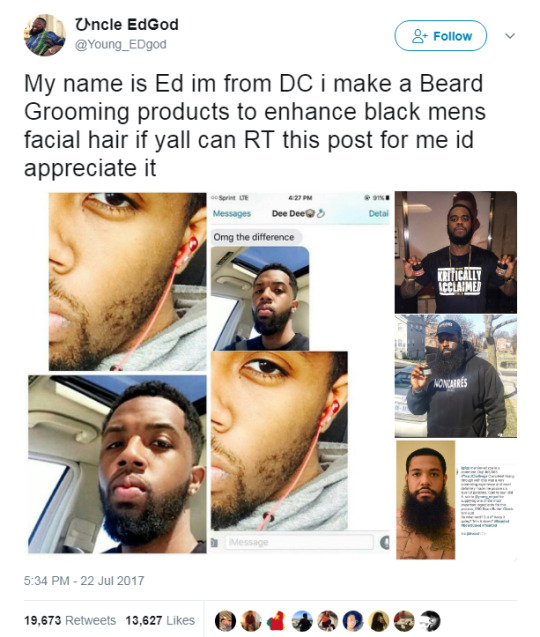
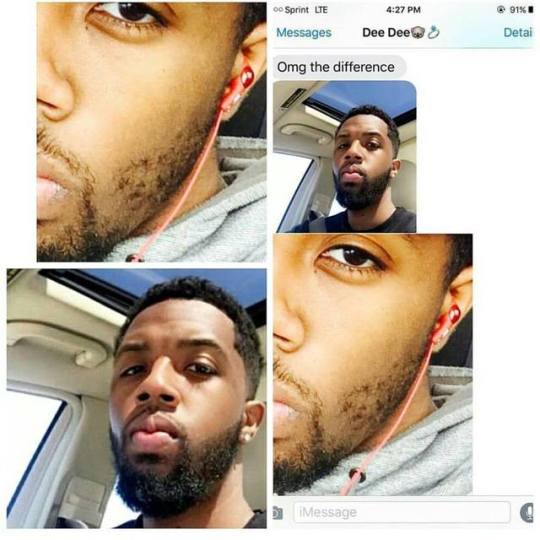
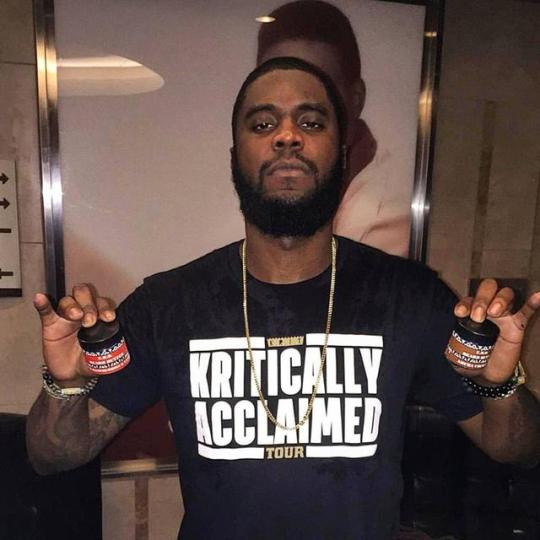
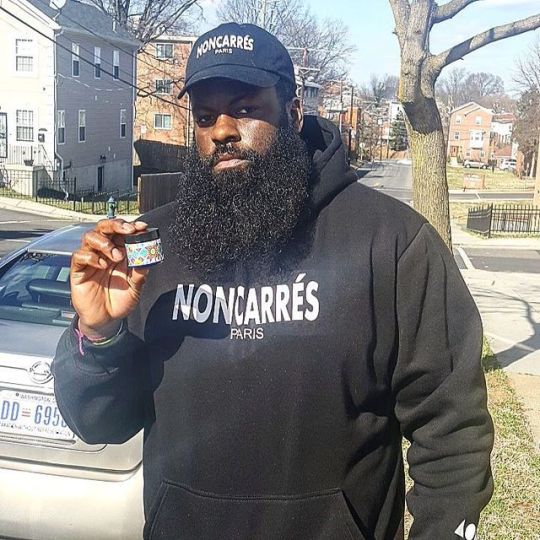
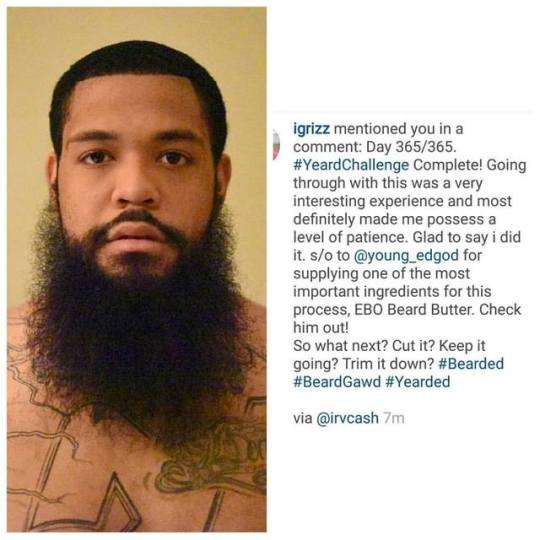
Let’s help a brother out and spread this so he can get more customers ✊🏾✊🏾
Twitter Instagram Etsy
14K notes
·
View notes
Video
28K notes
·
View notes
Photo

Oprah’s “You Get a Car” episode - WTF fun facts
811 notes
·
View notes




